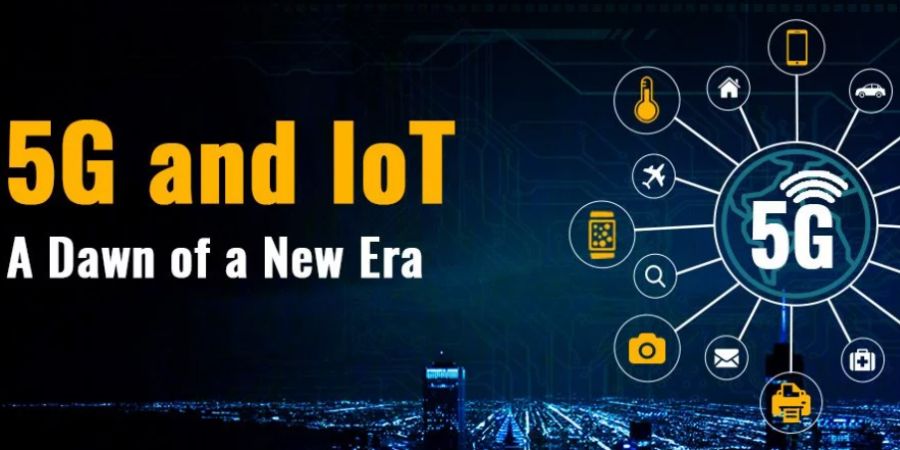

IOT AND 5G IS A VERY IMPORTANT TOPIC EVERYONE SHOULD HAVE KNOWLEDGE ABOUT IT
The Internet of Things (IoT) has altered the widespread measure over the past few years, bringing with it a vast array of built-up applications that span various sensor types. There will likely be a lot more activities as IoT-based product lines expand. By 2020, there will be up to billions of gadgets in use, with each person having on average 6-7 devices . The device-to-device (D2D) interaction convergence of sensors and sensor-based systems is currently expanding since the majority of the aforementioned device and protocol problems have been addressed during the past ten years. Recently, there has been a lot of discussion about 5G, or the fifth generation of mobile communication networks. Each successive generation brings with it faster connections and greater capacity.

Future 5G wireless network technology is expected to be responsive, quick, and power-efficient . While 5G's quicker download speeds and low latency will entice mobile phone customers, they just aren't enough to justify the significant cost, which Bloomberg estimates to be $200 billion annually. IoT is rapidly expanding, and it is expensive and challenging to scale the use of different specialised networks to serve a variety of IoT applications. IoT devices will increase by 40–140 billion by 2020–2030, a ten-year span, and the IoT upgrade from 4G to 5G is promising: for example, current 4G networks can support up to 6000 NB-IoT devices on a single cell. Contrarily, a single 5G cell may support up to one million devices. Massive amounts of data can be transmitted via networks by IoT applications that only need low data transfer rates, which necessitates intensive connection management across all networks.
